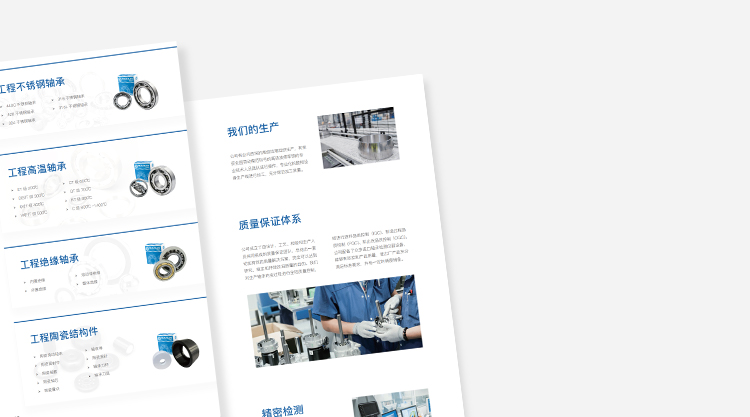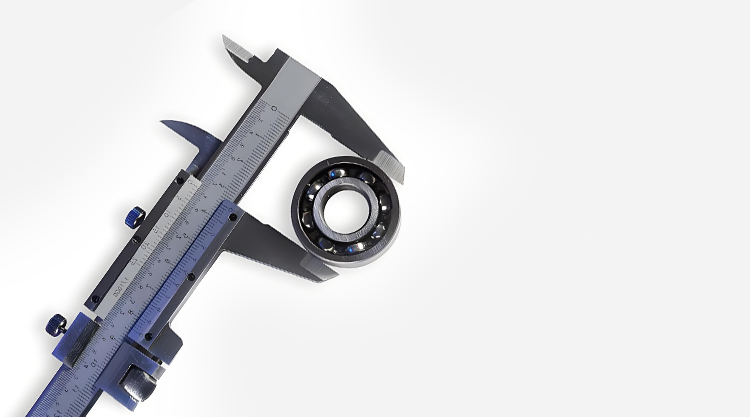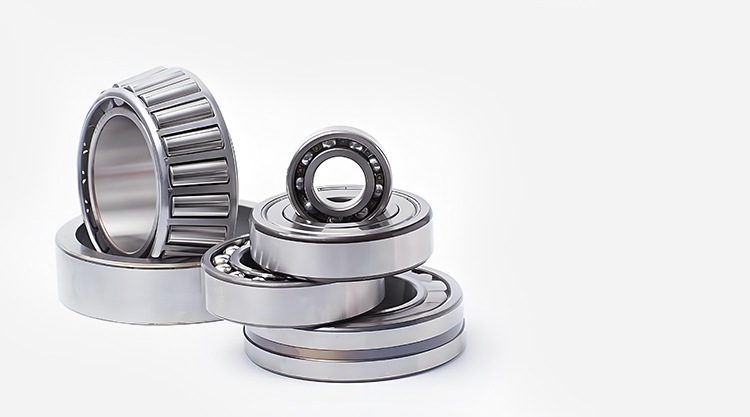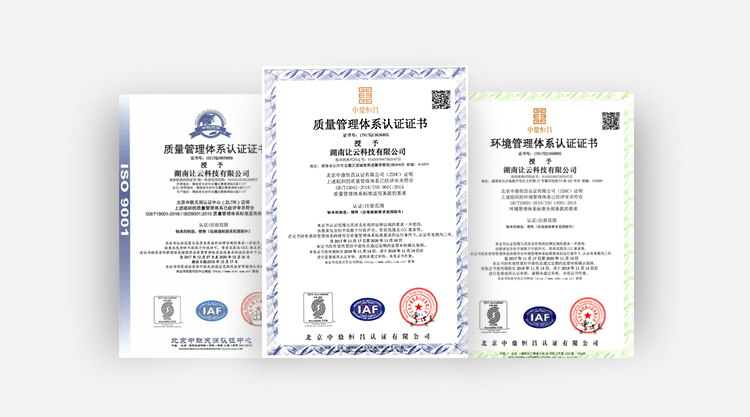Bearing Training Services
In the field of mechanical manufacturing and equipment maintenance, bearings, as the "heart" of machinery, professional bearing training services can help practitioners systematically master core knowledge and practical skills of bearings.
I. Basic Knowledge of Bearings
1. Bearing Definition and Function
Bearings are key components that support rotating parts, reduce friction, and transmit loads. They consist of an inner ring, outer ring, rolling elements (balls or rollers), and a cage.
Function Classification: Support rotating shafts, reduce energy consumption, extend equipment life.
2. Bearing Classification
|
Friction Properties
|
Sliding bearings (suitable for high-speed, heavy-load conditions) and rolling bearings (efficient, easy to maintain)
|
|
Load Direction
|
Radial bearings (bear radial force), thrust bearings (bear axial force), angular contact bearings (bear both radial and axial forces)
|
|
Subtypes of Rolling Bearings
|
Deep groove ball bearings (code 6), tapered roller bearings (code 3), self-aligning roller bearings (code 2), etc.
|
II. Bearing Technical Parameters and Selection
1. Performance Indicators
|
Load Capacity
|
Static and dynamic load calculations, such as rated life (L10) and reliability analysis
|
|
Speed Limitation
|
Select bearing type based on the limit speed (ball bearings > roller bearings)
|
|
Accuracy Grade
|
P0 (standard grade) to P5 (high precision grade), affecting equipment operation stability
|
2. Selection Principles
|
Working Condition Matching
|
Load type (shock, vibration), speed, temperature, and environment (corrosive, dust)
|
|
Economic Consideration
|
Comprehensive consideration of cost and lifespan, such as deep groove ball bearings suitable for light load high speed, tapered roller bearings suitable for heavy load scenarios
|
III. Bearing Installation and Maintenance Practice
1. Installation Standards
|
Preparation Work
|
Clean the shaft and bearing seat, check dimensional tolerances, avoid violent knocking
|
|
Method Selection
|
Hot installation method (heat to 80-100℃) or mechanical pressing, ensure tight fit of the inner ring and shaft
|
2. Lubrication Management
|
Lubricant Types
|
Grease lubrication (low speed and high temperature) and oil lubrication (high speed continuous)
|
|
Grease Change Cycle
|
Develop based on working conditions, avoid failure due to grease aging
|
3. Maintenance and Fault Diagnosis
|
Regular Inspection
|
Vibration, noise, and temperature rise monitoring, replace worn bearings in time
|
|
Common Faults
|
Wear (insufficient lubrication), spalling (overload), corrosion (humid environment), need targeted treatment
|
IV. Bearing Fault Analysis and Prevention
1. Fault Causes
|
Design Defects
|
Incorrect selection or load calculation errors
|
|
Usage Issues
|
Installation deviations, poor lubrication, or overload operation
|
2. Preventive Measures
|
Design Stage
|
Optimize bearing configuration, reserve safety margin
|
|
Usage Stage
|
Strengthen operation training, implement condition monitoring (such as vibration analysis)
|
V. Industry Trends and Training Value
1. Technological Development
|
Intelligent Bearings
|
Integrated sensors for real-time monitoring of operating status
|
|
New Material Applications
|
Ceramic rolling elements, polymer cages, improving high-temperature and corrosion resistance
|
2. Training Value
Through systematic training, practitioners can improve fault handling efficiency by more than 30%, reducing equipment downtime losses.
Enterprises can optimize procurement decisions through training (e.g., reasonable selection saving 15%-20% of costs).
Bearing training content covers the full range of knowledge from basic theory to practical maintenance, which is the core link in enhancing the professional ability of practitioners in the mechanical industry. If you would like to learn more about bearing system solutions, feel free to contact us. National Hotline: 4006-808-505, Industry Bearing Technician: Manager Li: 13657445999.
Let cloud technology fuel the passion for innovation, providing free material knowledge and technical services suitable for bearing working conditions to make bearing life more scientific. Let cloud technology make bearing motion more scientific.




